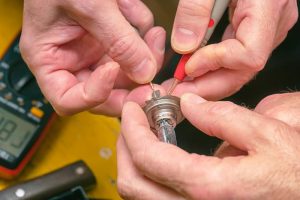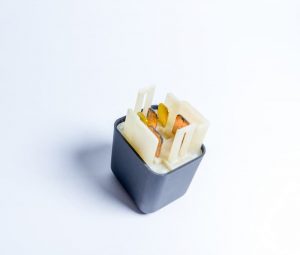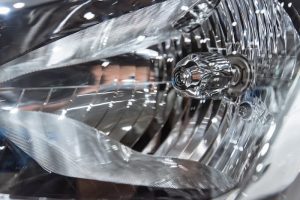Have you recently experienced a burnout headlight bulb? Or perhaps you intend to upgrade your car headlights and you are wondering “which headlight bulb will fit my vehicle?” well, you have come to the right place. But, before we get started on how you would know which headlight bulb fits your vehicle, there are certain things you must know concerning headlight bulbs.
For starters, every car comes with distinctive lights intended for its own unique function. Just as there are different lights, there are different bulbs too and so is their respective fitting in accordance to the make and model of the vehicle you own. Headlight bulb fitting refers to the size and shape of each distinctive headlight bulb in order for it to correctly fit into different types of vehicle’s headlight housing.
There are a few different ways that you can find out the best bulb fitting for your vehicle and one of them is by knowing the types of headlight bulb you already have installed. To get you started, here are three different types of headlight bulbs and their duration.
Types of Headlight Bulbs and Their Life Expectancy
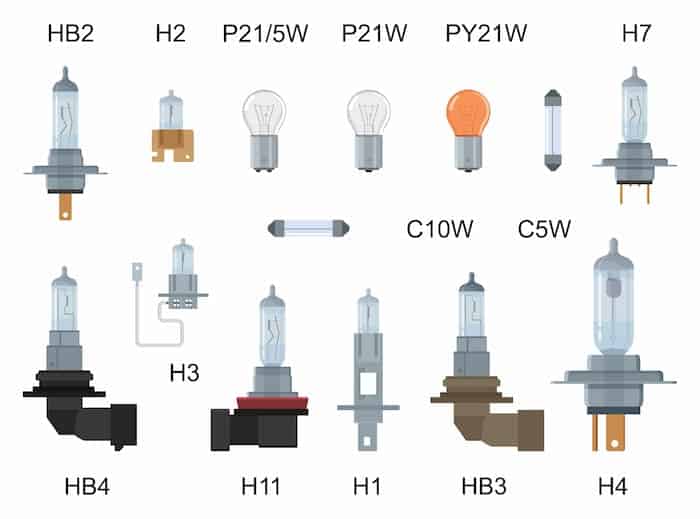
- Halogen Bulbs
Although halogen bulbs have been around for over a decade, yet they are still one of the most popular bulbs you will find on any vehicle till date. That’s because they are the cheapest to manufacture and replace. Halogen bulbs make use of tungsten filament similar to household bulbs, but are filled with halogen gas, which enables the filament to last longer and glow brighter.

According to the UN regulations for filament bulbs, the Halogen headlight bulbs for cars are classified into 29 categories namely: H1, H3, H4, H7, H8, H8B, H9, H9B, H10, H11, H11B, H12, H13, H13A, H14, H15, H16, H16B, H21W, H27W/1, H27W/2, HB3, HB3A, HB4, HB4A, HIR1, HIR2, HP24W, and HPY24W. The H4, H13, H13A, H14, and H15 are double-filament headlight bulbs that are used in small cars.
The H1, H3, HB4, and H7 bulbs are smaller, more powerful halogen bulbs, while the H8, H9 and H11 are self-sealing bulbs that don’t have to sit inside a watertight unit, so they’re often used as fog lights.
Average Life Expectancy: 2000 hours.
- High-Intensity Discharge (HID) or Xenon
High-intensity discharge bulbs, also known as Xenon, have an arc between their two electrodes instead of a filament like Halogen bulbs. They are expected by law to be working at about 80% capacities within four seconds of being turned. That is why they need a high-voltage starter to ignite the gas and a control unit to keep the bulb alight – hence, the name High-Intensity Discharge.

Although xenon is the gas that’s used to ignite the arc, it’s the metal salts that keep it alight. Before now, cars with xenon lights needed extra help such as a self-levelling mechanism, and headlight washers to keep the light beams projected downwards. This makes them more costly to produce.
However, with continuous development in technology, manufacturers have been able to produce xenon bulbs that don’t need a self-levelling system and have a lower light output. This made the cost of production reduced by half but there is a catch. While xenon’s generally last much longer than halogen bulbs, their light output tends to depreciate overtime.
So, eventually they won’t emit enough light to be safe for night use. This is why it’s recommended that you replace your xenon bulbs every three years and restore your headlight lens when they get oxidized.
Life expectancy: 10,000 hours
- LED light bulb
Unlike Xenon and Halogen Bulbs, LED headlight bulbs are far more energy efficient, last longer, and cost effective which is why you will find them in 7 out of 10 newly produced vehicles. Aside from that, motorists are constantly upgrading their stock lights to LED and these allow car manufacturers to create signature light shapes.
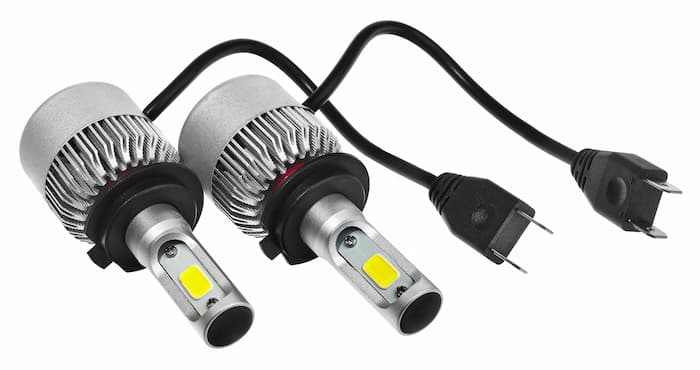
While other bulbs make use of filament or arc, LED bulbs make use of electricity which passes through one or more light-emitting diodes. The light output produced is similar to that of Xenon’s but unlike Xenon, LED bulbs don’t produce too much heat. This is why they are cheaper and efficient to run.
However, in some cases if the electronics in a LED bulb fail, the entire light unit would have to be replaced. But in newer LEDs the bulbs can be replaced separately.
Typical life expectancy: 30,000 hours
Knowing which bulb fits your vehicle
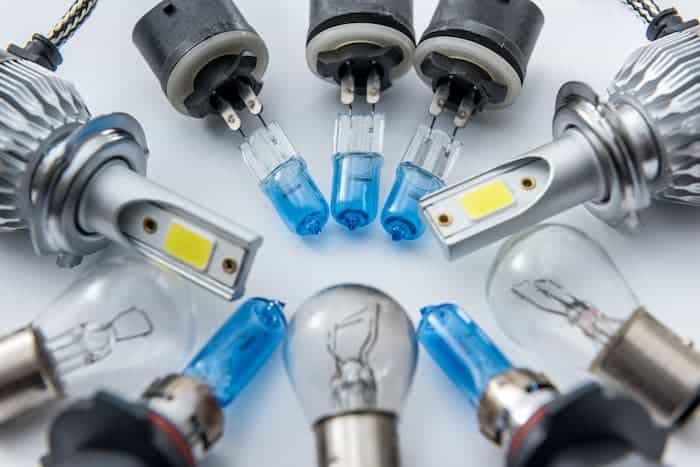
Now that you are conversant with the different types of headlight bulbs you have installed on your car, it’s easy to buy a replacement and get it fixed since you already know the type of bulb your car uses. If you are not still sure about the type of bulb that will fit your vehicle’s headlight, another method you can try is checking the base of your old bulb.
Headlight Bulb Base
The base, or cap, is the bottom part of the bulb that connects to the socket. So, while you can contact your vehicle manufacturer for fitting information which is quite a long shot if you ask me! You can simply remove your headlights yourself by following this guide on how to change car headlights; then you can remove the bulb and take a look at the base. The bulb will state the fitting around the casing. You can also check your car manual. It should state all the fitting that your vehicle needs for each type of light.


